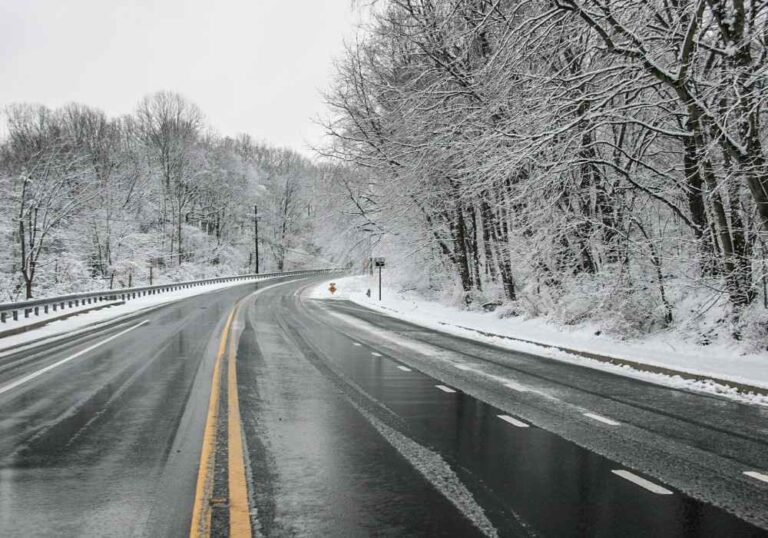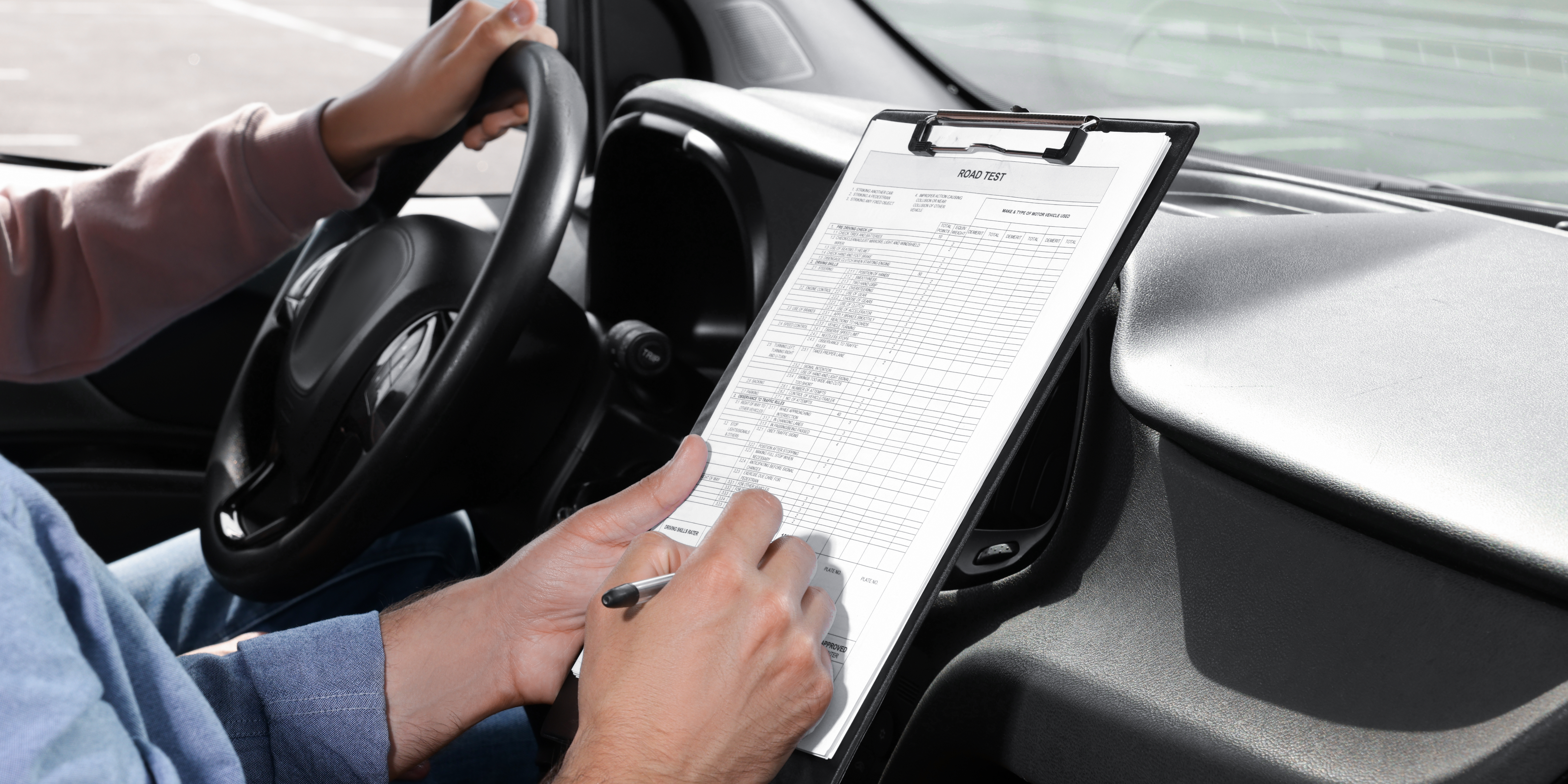Winter can be a beautiful season, but it also brings challenges, especially when it comes to driving on icy roads. Skidding is a common and dangerous situation that many drivers face during winter months. Understanding how to handle skids effectively can help you maintain control of your vehicle and ensure your safety on the road. In this blog post, we’ll explore the causes of skidding, preventive measures, and strategies to regain control if you find yourself in a skid.
Understanding Skidding
What Causes Skidding?
Skidding occurs when your vehicle loses traction with the road surface, causing it to slide uncontrollably. There are several factors that can contribute to skidding on icy roads:
- Icy Surfaces: Ice can create a slippery layer on the road, drastically reducing friction between your tires and the surface.
- Sudden Movements: Abrupt steering, accelerating, or braking can upset your vehicle’s balance and lead to skidding.
- Worn Tires: Tires that are bald or worn down can significantly decrease traction, making it easier to skid on ice.
- Weather Conditions: Snow, sleet, and freezing rain can create hazardous driving conditions, increasing the likelihood of skidding.
Types of Skids
- Front-Wheel Skid: This occurs when the front tires lose traction. You may feel as if the car is drifting forward, and it can be challenging to steer.
- Rear-Wheel Skid: This happens when the rear tires lose traction, often causing the back of the vehicle to slide out.
- All-Wheel Skid: In this case, all four tires lose traction, making it difficult to control the vehicle.
Preventing Skids
1. Prepare Your Vehicle
The best way to handle skidding is to prevent it from happening in the first place. Here are some preparation tips:
- Check Your Tires: Ensure your tires have adequate tread and are properly inflated. Consider using winter tires, which are designed for better traction in icy conditions.
- Maintain Your Vehicle: Regularly check your brakes, steering, and suspension systems. A well-maintained vehicle is more likely to handle well in adverse conditions.
2. Drive with Caution
Adjusting your driving habits can significantly reduce the likelihood of skidding:
- Slow Down: Reduce your speed in icy conditions. Slower speeds give you more time to react and reduce the chance of losing traction.
- Increase Following Distance: Leave extra space between your vehicle and the one in front of you. This allows for more reaction time if you need to stop suddenly.
- Avoid Sudden Movements: Steer gently and make gradual movements with the accelerator and brakes. Abrupt actions can easily lead to loss of control.
3. Know the Road Conditions
Stay informed about the weather and road conditions before you head out:
- Check Weather Reports: Keep an eye on forecasts and road advisories. If conditions are particularly bad, consider postponing your trip.
- Be Aware of Black Ice: Black ice is a thin layer of ice that can be nearly invisible on the road. It often forms in shaded areas, bridges, and overpasses. Be cautious in these areas, especially during early morning or late evening.
What to Do If You Skid
Despite your best efforts, skids can still happen. Knowing how to respond is crucial:
1. Stay Calm
Your reaction to a skid can determine whether you regain control of your vehicle. Staying calm is essential. Take a deep breath and focus on the road.
2. Avoid Overreacting
Don’t make sudden movements. Oversteering or braking too hard can worsen the situation. Instead, follow these steps:
- For a Front-Wheel Skid: If the front wheels are skidding, ease off the accelerator and steer gently in the direction you want the front of the car to go. Once you regain traction, straighten the wheel.
- For a Rear-Wheel Skid: If the rear wheels are skidding, turn the steering wheel in the direction you want the vehicle to go. For example, if the back of the car is sliding to the right, steer right. As soon as you feel the tires regain traction, straighten the wheel.
3. Use Your Brakes Wisely
How you use the brakes can significantly impact the situation:
- Gentle Braking: If you feel a skid coming on, lightly pump your brakes instead of slamming them. This can help you maintain some control.
- Anti-lock Braking System (ABS): If your vehicle has ABS, apply steady pressure to the brake pedal without pumping it. ABS is designed to prevent wheel lockup, allowing you to steer while braking.
4. Control Your Speed
Your speed plays a crucial role in recovering from a skid:
- Do Not Accelerate: Avoid pressing the accelerator while skidding. This can make the situation worse by increasing the likelihood of losing control.
- Coast to a Stop: If possible, allow your vehicle to coast to a stop. This will help you regain control more easily.
After the Skid: Assess and Learn
Once you’ve regained control of your vehicle, take a moment to assess the situation:
1. Check for Damage
- Inspect Your Vehicle: After a skid, check for any damage or issues. Look for flat tires, dents, or fluid leaks that may have occurred during the incident.
2. Reflect on the Experience
- Learn from the Situation: Analyze what led to the skid. Was it a sudden movement, excessive speed, or a lack of traction? Understanding the cause can help you improve your driving skills for the future.
Conclusion
Driving on icy roads can be treacherous, but with the right knowledge and preparation, you can handle skidding effectively. By ensuring your vehicle is well-maintained, adapting your driving habits, and knowing how to respond in the event of a skid, you can navigate winter driving challenges with confidence. Remember, safety is always the priority. If conditions are too hazardous, it’s best to stay off the roads until they improve. Stay safe, stay informed, and embrace the winter season with caution!
Click here to view our different packages or click here to book your road test.
Lastly, our services are extended to Toronto, North York, Etobicoke, Scarborough, Vaughan and Brampton.



